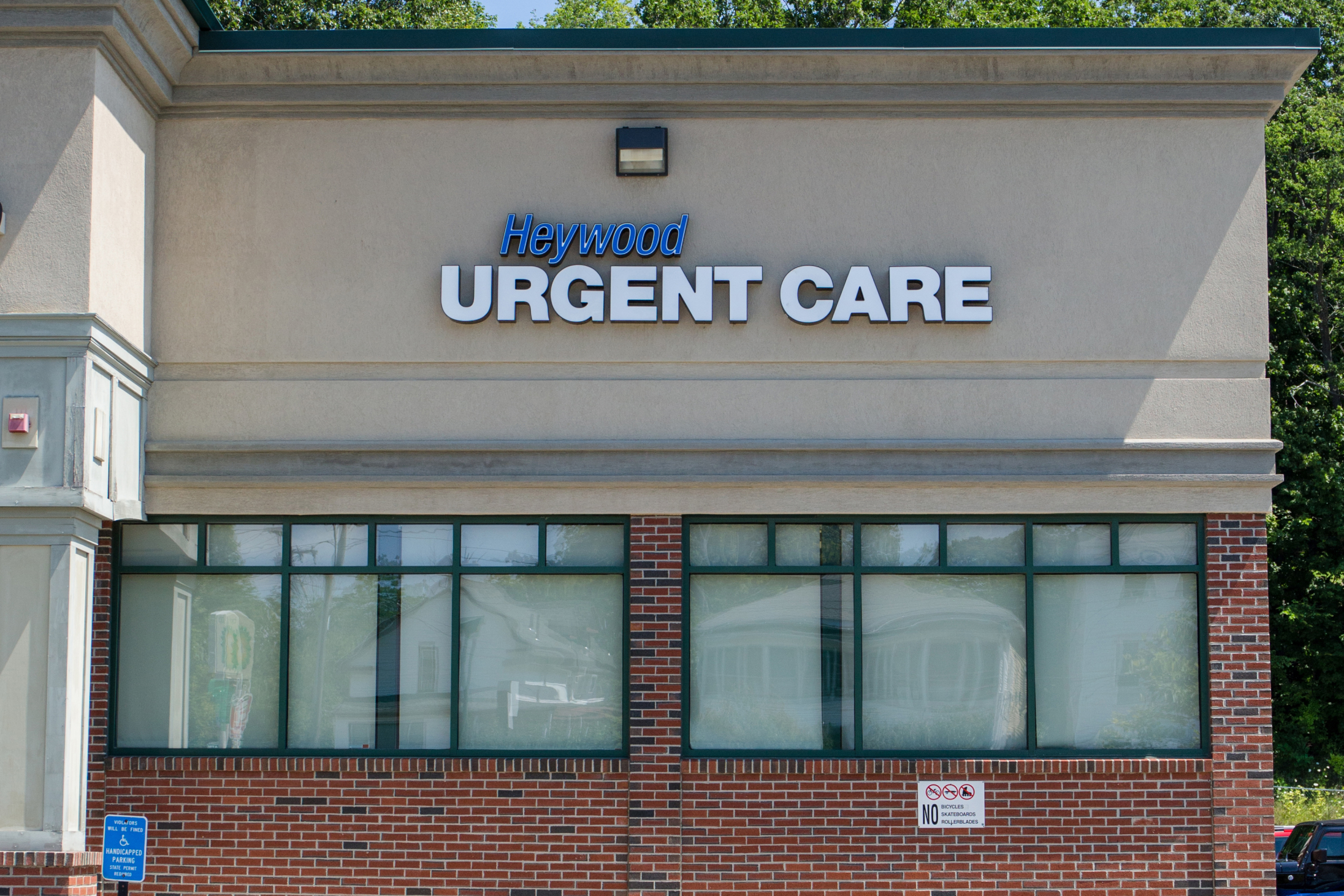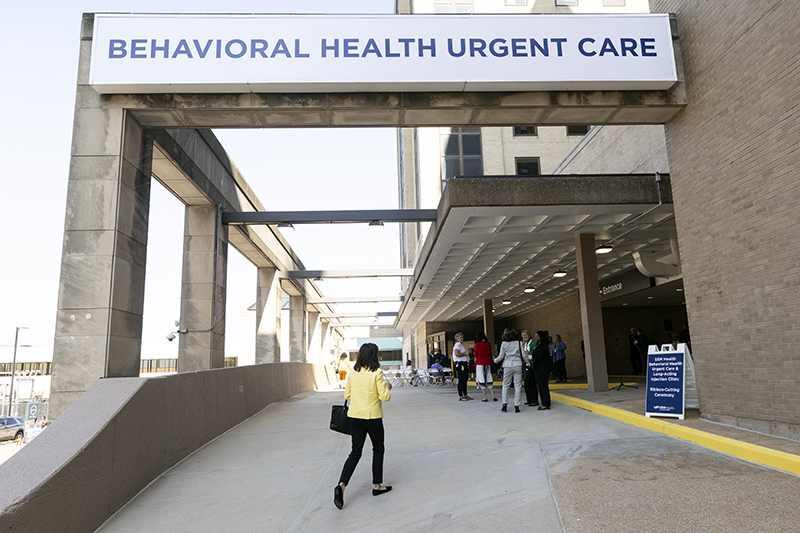Important Services Given by Clinics Focusing On Urgent Care
Important Services Given by Clinics Focusing On Urgent Care
Blog Article
Recognizing the Function of Urgent Care in Providing Timely Treatment for Non-Life-Threatening Conditions
Immediate treatment centers have emerged as an important element of the medical care landscape, resolving the prompt needs of clients with non-life-threatening conditions. Recognizing the nuances of immediate care might significantly impact patient end results and the total performance of health care shipment.
What Is Urgent Care?
Urgent care refers to a group of medical services developed to resolve non-life-threatening conditions that require prompt attention. These centers offer as an intermediary between main care doctors and emergency clinic, offering a convenient choice for people who need timely treatment without the considerable waiting times normally related to emergency divisions.
Immediate treatment centers are commonly staffed by physician, including physicians, registered nurse experts, and doctor assistants, that are educated to identify and treat a broad selection of problems. Usual services offered by these centers consist of therapy for minor injuries, health problems, and infections, in addition to diagnostic examinations such as X-rays and lab work.
The ease of access of immediate treatment is a key consider its charm, as many centers operate past routine workplace hours, consisting of weekend breaks and nights. When their main treatment service provider might not be obtainable, this prolonged accessibility enables clients to get prompt care. Furthermore, urgent care facilities usually approve walk-in people, eliminating the need for appointments. On the whole, immediate treatment plays an important duty in the medical care system, guaranteeing individuals can access important medical solutions quickly and efficiently.

Numerous people may locate themselves unclear regarding when to look for treatment at an immediate treatment facility rather than a main treatment physician or an emergency clinic. Urgent care is developed to resolve non-life-threatening problems that need timely focus yet are not extreme enough to warrant an emergency clinic visit.
Normally, one need to consider urgent treatment for issues such as small fractures, sprains, cuts needing stitches, or infections like urinary tract infections. In addition, cold or influenza signs, rashes, and allergies can additionally be suitably managed in this setting.
It is very important to note that immediate care is not suitable for dangerous emergency situations, such as breast discomfort, difficulty breathing, or severe bleeding, which necessitate instant emergency situation space treatment.
Individuals that lack access to a primary treatment doctor or can not protect a prompt visit might likewise take advantage of urgent treatment services. Ultimately, comprehending when to use urgent care can cause a lot more effective medical care shipment, permitting people to obtain the appropriate degree of care based on their details health demands.
Benefits of Urgent Treatment Centers
Choosing urgent care facilities for non-life-threatening conditions provides numerous advantages that boost client experience and availability. One key benefit is the decreased wait times contrasted to typical emergency areas. Immediate treatment facilities commonly operate a first-come, first-served basis, allowing individuals to receive timely clinical interest without the long delays frequently linked with hospital setups.
Furthermore, immediate care facilities give extended hours, including weekends and evenings, fitting individuals with varying schedules. This versatility guarantees that individuals can look for care when it is most practical for them, additionally advertising prompt treatment.

Furthermore, these centers usually offer a detailed array of solutions, including minor treatments and analysis examinations, all under one roof. This consolidation of services not only simplifies the patient experience yet also promotes a more natural method to taking care of non-life-threatening health and wellness problems, ultimately benefiting total client outcomes.
Common Conditions Treated
At urgent treatment facilities, a range of non-life-threatening conditions can be effectively treated, supplying individuals with obtainable and timely medical aid. These centers are specifically adept at attending to concerns that call for prompt attention yet do not position an immediate risk to life or limb.
Usual problems dealt with at immediate care facilities include minor injuries such as cracks, strains, and sprains. Urgent treatment facilities are furnished to execute essential diagnostic examinations, such as X-rays and research laboratory tests, allowing them to provide detailed care.
Moreover, urgent treatment providers can carry out vaccinations, helping to protect against the spread of infectious diseases - Urgent Care. They additionally supply services for small treatments, such as suturing wounds or draining abscesses. By offering these diverse services, urgent treatment centers play a crucial role in bridging the void between medical care and emergency situation solutions, making certain patients get prompt treatment for a large variety of conditions without the requirement for long wait times usually connected with emergency spaces
Exactly How Urgent Care Supports Health Care System
Immediate care facilities play an important role in supporting the total health care system by minimizing the worry on emergency divisions and offering prompt accessibility to healthcare for non-life-threatening conditions. By dealing with situations such as small injuries, infections, and illnesses, urgent care facilities allow emergency departments to concentrate on more important people calling for immediate focus.
Additionally, urgent treatment centers boost medical care ease of access, using extensive hours and an easier option to typical medical care setups. This ease of access is especially valuable for patients who may not have a regular physician or who click for info need prompt therapy beyond typical office hours. Therefore, urgent care facilities effectively decrease boost and wait times patient complete satisfaction.
Furthermore, immediate treatment facilities add to cost savings for both individuals and the healthcare system by offering lower-cost services compared to emergency departments. This financial efficiency is important in an era of rising healthcare costs, permitting people to receive necessary care without sustaining inflated costs.
Conclusion
Finally, urgent treatment facilities play a crucial function in the health care system by delivering prompt therapy for non-life-threatening problems. By bridging the gap between health care and emergency clinic, these centers make certain that people get timely medical focus without the lengthy delay times normally connected with emergency departments. The ease of access and efficiency of immediate care centers add considerably to reducing the total worry on health care resources, boosting client end results, and promoting a more efficient healthcare check that distribution system.
Urgent treatment centers have actually emerged as an essential element of the medical care landscape, attending to the immediate demands of clients with non-life-threatening problems. Urgent treatment visits normally sustain lower out-of-pocket costs compared to emergency situation division check outs, making treatment a lot more my response cost effective for clients without endangering quality. Urgent treatment centers are geared up to execute essential diagnostic examinations, such as X-rays and laboratory tests, allowing them to give extensive treatment.
By supplying these varied services, urgent treatment facilities play a vital function in connecting the void in between primary treatment and emergency solutions, making certain clients get prompt therapy for a wide range of conditions without the requirement for lengthy delay times generally connected with emergency situation areas.
Moreover, urgent care centers improve medical care access, offering extended hours and a more practical choice to typical primary care setups.
Report this page